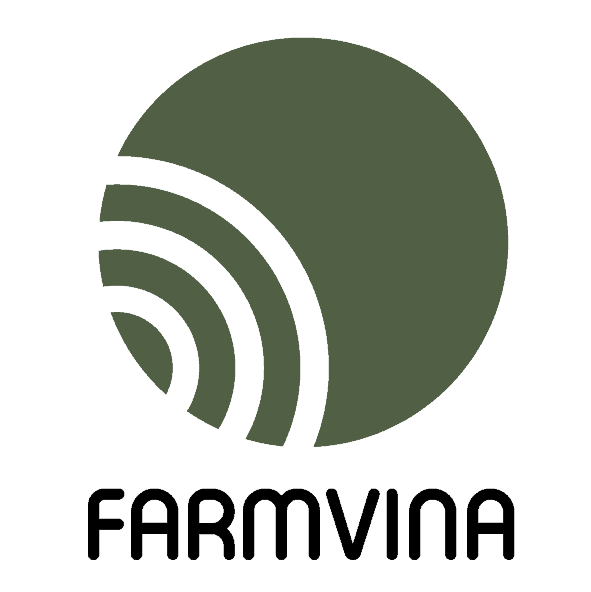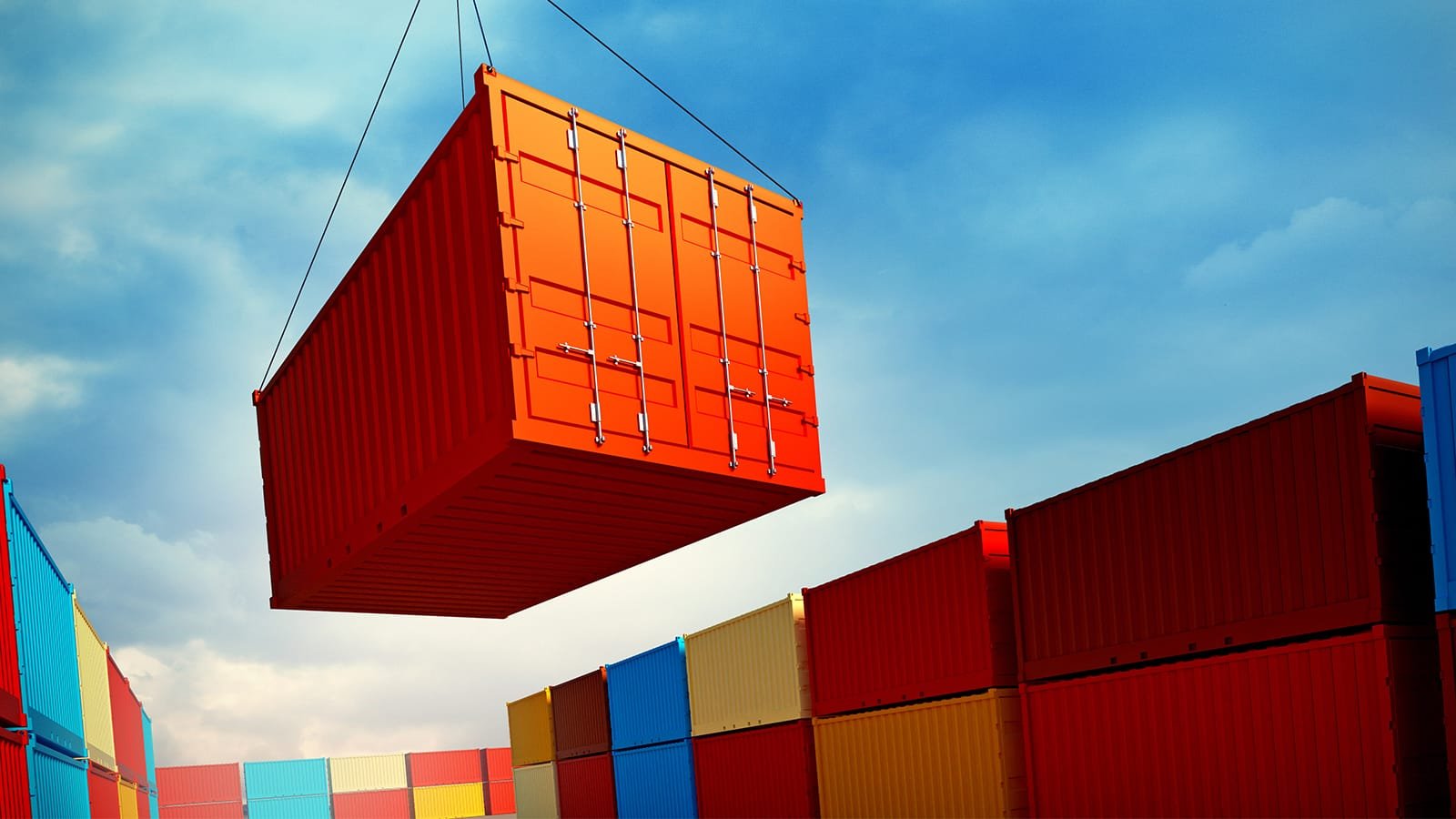Importing from Vietnam? Beware These 5 Hidden Costs and Learn How to Avoid Them
Importing goods from Vietnam can be a lucrative business opportunity for many companies. Vietnam has emerged as a major player in the global market, offering a wide range of products at competitive prices. However, there are also hidden costs involved in importing from Vietnam that businesses need to be aware of. It is important to understand these costs and take steps to minimize them in order to ensure a successful and profitable importing venture.
One of the main benefits of importing from Vietnam is the cost advantage. Vietnamese products are often priced lower than those from other countries, making them attractive to importers looking to reduce their production costs. Additionally, Vietnam has a strong manufacturing base and is known for its expertise in industries such as textiles, electronics, and furniture. This means that importers can find high-quality products at affordable prices.
However, there are also risks involved in importing from Vietnam. One of the main risks is the potential for hidden costs that can significantly impact the overall cost of importing. These hidden costs can include import tariffs and taxes, shipping and logistics fees, quality control and inspection expenses, language and cultural barriers, and intellectual property infringement risks. It is important for importers to understand these costs and take steps to minimize them in order to ensure a successful importing venture.
Hidden Cost #1: Tariffs and Taxes
Import tariffs and taxes are one of the main hidden costs involved in importing from Vietnam. When importing goods into a country, importers are often required to pay customs duties or tariffs on those goods. These tariffs can vary depending on the type of product being imported and the country it is being imported into.
Import tariffs can significantly increase the cost of importing from Vietnam. It is important for importers to research and understand the import tariffs and taxes that apply to their specific products before making any purchasing decisions. This will help them accurately calculate the total cost of importing and determine whether it is financially viable.
To avoid or minimize import tariffs and taxes, importers can consider various strategies. One strategy is to negotiate with suppliers to include the cost of import tariffs and taxes in the overall price of the goods. This can help importers avoid any surprises or additional costs when the goods arrive at their destination.
Hidden Cost #2: Shipping and Logistics
Shipping and logistics can be a major challenge when importing from Vietnam. Vietnam is located in Southeast Asia, which means that goods need to be transported over long distances to reach their final destination. This can result in high shipping costs and longer delivery times.
Choosing the right shipping and logistics partner is crucial to minimizing these costs. Importers should research and compare different shipping companies to find one that offers competitive rates and reliable service. It is also important to consider factors such as transit times, tracking capabilities, and customer support when selecting a shipping partner.
To further minimize shipping and logistics costs, importers can consider consolidating their shipments. This involves combining multiple smaller shipments into one larger shipment, which can help reduce transportation costs. Importers can also negotiate with their shipping partner to secure better rates or explore alternative shipping methods such as air freight or sea freight.
Hidden Cost #3: Quality Control and Inspection
Ensuring product quality is essential when importing from Vietnam. However, there can be hidden costs associated with quality control and inspection processes. It is important for importers to implement a robust quality control system to avoid costly mistakes and ensure that the products meet their specifications.
Implementing a quality control process involves conducting inspections at various stages of the production process, from raw materials to finished products. This can help identify any potential issues or defects early on, allowing importers to take corrective actions before the goods are shipped.
To minimize the costs associated with quality control and inspection, importers can consider working with third-party inspection companies. These companies specialize in conducting inspections on behalf of importers and can provide unbiased assessments of product quality. Importers can also negotiate with their suppliers to include the cost of inspections in the overall price of the goods.
Hidden Cost #4: Language and Cultural Barriers
Language and cultural barriers can pose challenges when importing from Vietnam. Vietnamese is the official language in Vietnam, and many suppliers may have limited English proficiency. This can make communication difficult and lead to misunderstandings or delays in the importing process.
To overcome language barriers, importers can consider hiring a translator or interpreter who is fluent in both Vietnamese and English. This can help facilitate effective communication with suppliers and ensure that all parties are on the same page.
Cultural differences can also impact business relationships when importing from Vietnam. It is important for importers to understand and respect Vietnamese culture in order to build strong and successful partnerships. This can involve learning about Vietnamese customs, traditions, and business etiquette.
To communicate effectively with Vietnamese suppliers, importers should be patient, respectful, and open-minded. It is important to establish clear lines of communication and maintain regular contact with suppliers to address any concerns or issues that may arise.
Hidden Cost #5: Intellectual Property Infringement
Intellectual property infringement is a significant risk when importing from Vietnam. Counterfeit products are a common issue in many industries, including fashion, electronics, and pharmaceuticals. Importing counterfeit goods not only violates intellectual property rights but can also damage a company’s reputation and result in legal consequences.
To protect intellectual property when importing from Vietnam, importers should consider registering their trademarks or patents in Vietnam. This can help prevent others from using or copying their intellectual property without permission.
Importers should also conduct thorough due diligence on potential suppliers to ensure that they have a strong track record of respecting intellectual property rights. This can involve researching the supplier’s reputation, requesting samples or prototypes, and conducting site visits to verify their manufacturing processes.
How to Avoid Hidden Cost #1: Research Import Tariffs and Taxes
To avoid or minimize import tariffs and taxes, importers should conduct thorough research before making any purchasing decisions. This can involve consulting with customs authorities or trade associations to understand the specific import tariffs and taxes that apply to their products.
Importers should also consider exploring alternative sourcing options in countries with lower import tariffs. This can help reduce the overall cost of importing and increase profitability.
Negotiating with suppliers is another strategy to minimize import tariffs and taxes. Importers can discuss the possibility of including the cost of these fees in the overall price of the goods. This can help avoid any surprises or additional costs when the goods arrive at their destination.
How to Avoid Hidden Cost #2: Choose the Right Shipping and Logistics Partner
Choosing the right shipping and logistics partner is crucial to minimizing shipping and logistics costs when importing from Vietnam. Importers should research and compare different shipping companies to find one that offers competitive rates and reliable service.
Factors to consider when selecting a shipping partner include transit times, tracking capabilities, customer support, and cost-effectiveness. Importers should also consider consolidating their shipments to reduce transportation costs.
Negotiating with the shipping partner is another strategy to minimize costs. Importers can discuss the possibility of securing better rates or explore alternative shipping methods such as air freight or sea freight.
How to Avoid Hidden Cost #3: Implement a Quality Control and Inspection Process
Implementing a quality control and inspection process is essential to ensure product quality when importing from Vietnam. Importers should conduct inspections at various stages of the production process, from raw materials to finished products.
Working with third-party inspection companies can help minimize the costs associated with quality control and inspection. These companies specialize in conducting inspections on behalf of importers and can provide unbiased assessments of product quality.
Negotiating with suppliers is another strategy to minimize quality control and inspection costs. Importers can discuss the possibility of including the cost of inspections in the overall price of the goods.
How to Avoid Hidden Cost #4: Overcome Language and Cultural Barriers
To overcome language and cultural barriers when importing from Vietnam, importers should consider hiring a translator or interpreter who is fluent in both Vietnamese and English. This can help facilitate effective communication with suppliers and ensure that all parties are on the same page.
Importers should also take the time to learn about Vietnamese culture, customs, and business etiquette. This can help build strong and successful partnerships with Vietnamese suppliers.
Establishing clear lines of communication and maintaining regular contact with suppliers is important to address any concerns or issues that may arise. Importers should be patient, respectful, and open-minded when communicating with Vietnamese suppliers.
How to Avoid Hidden Cost #5: Protect Your Intellectual Property
To protect intellectual property when importing from Vietnam, importers should consider registering their trademarks or patents in Vietnam. This can help prevent others from using or copying their intellectual property without permission.
Conducting thorough due diligence on potential suppliers is also important to ensure that they have a strong track record of respecting intellectual property rights. This can involve researching the supplier’s reputation, requesting samples or prototypes, and conducting site visits to verify their manufacturing processes.
Importers should also consider including clauses in their contracts with suppliers that explicitly state the importance of intellectual property protection. This can help establish clear expectations and consequences for any infringement.
Conclusion
Importing from Vietnam offers many benefits, including cost advantages and access to a wide range of high-quality products. However, there are also hidden costs involved that importers need to be aware of and take steps to minimize.
Understanding and researching import tariffs and taxes, choosing the right shipping and logistics partner, implementing a quality control and inspection process, overcoming language and cultural barriers, and protecting intellectual property are all crucial to avoiding hidden costs when importing from Vietnam.
By taking these steps, importers can ensure a successful and profitable importing venture while minimizing the risks and costs associated with importing from Vietnam.
Originally posted 2024-04-05 10:26:21.





